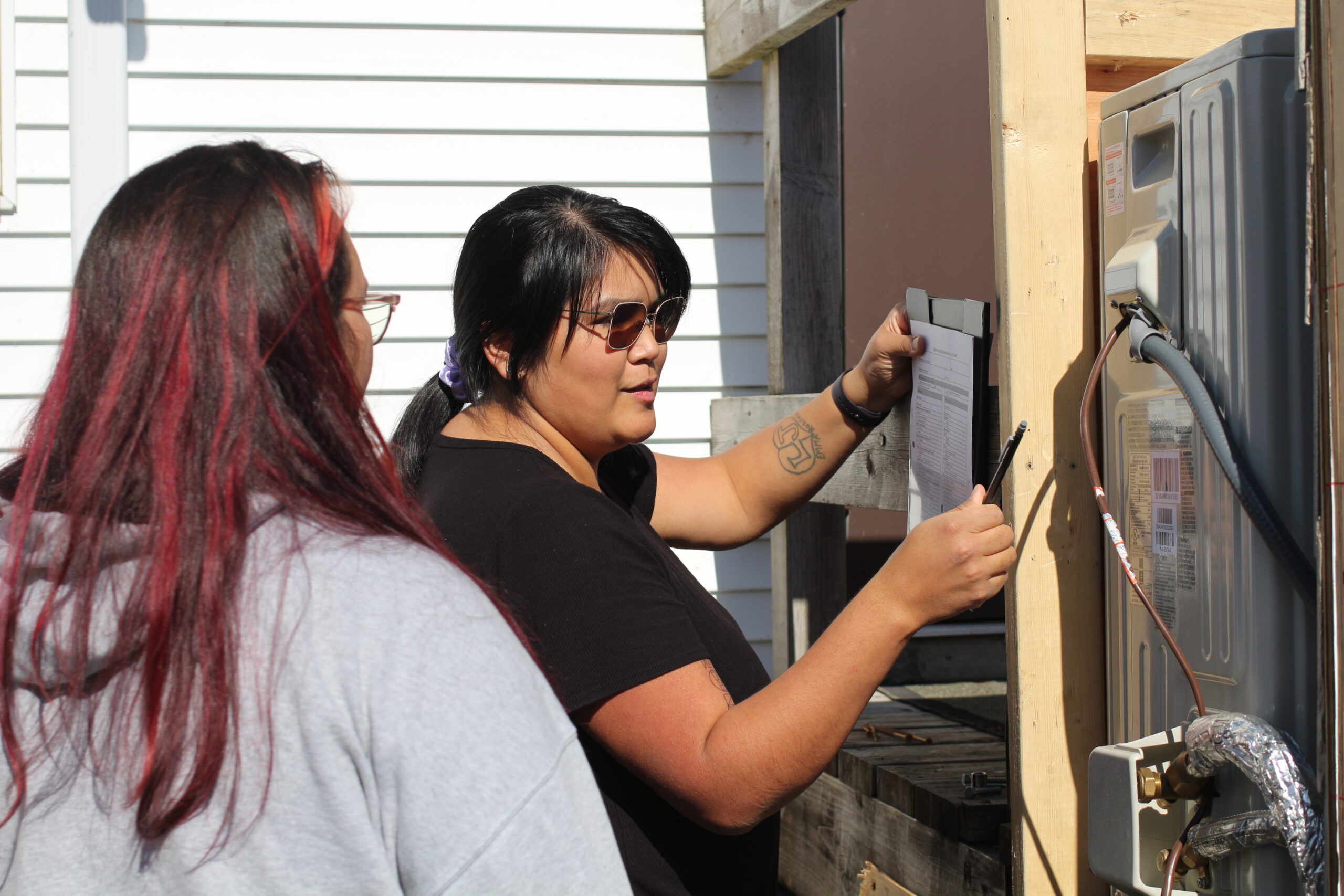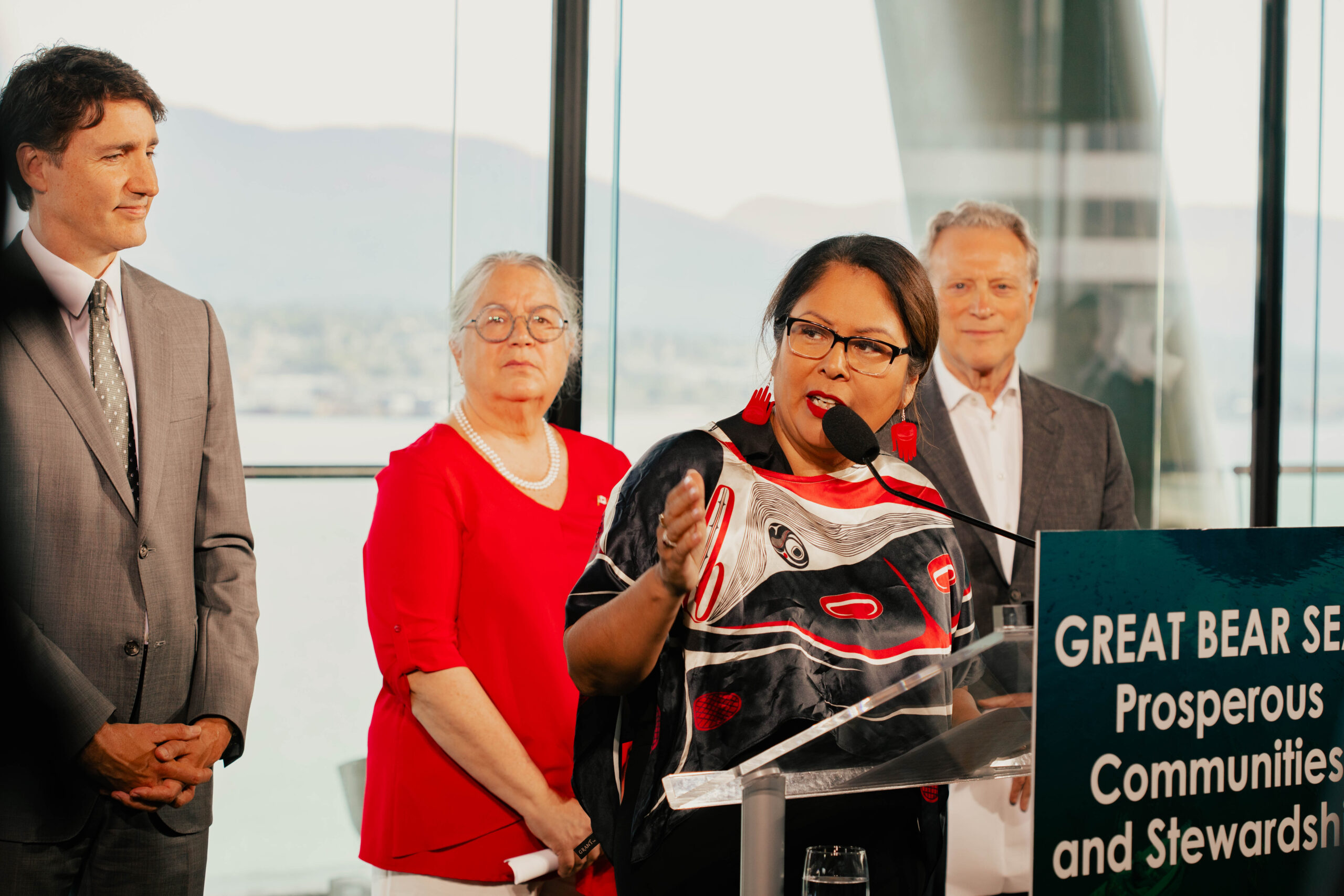Many remote Indigenous communities, including CFN member First Nations, are installing heat pumps to provide a reliable, economical and sustainable source of indoor heating and cooling in residential and commercial buildings.
These heat pumps are about three times more energy efficient than electric baseboard heaters, cost less to operate, and when a community’s electricity supply comes from renewable sources, they are powered without the use of fossil fuels. Building on the success of CFN member communities installing community-wide heat pumps, the Indigenous Climate Action Network has produced a new resource that will support other community members in this important work that will simultaneously reduce the cost of heating and greenhouse gas emissions.
The Toolkit for Installing Heat Pumps in Remote Indigenous Communities (pdf) was developed by request and in partnership with communities, and draws upon the extensive knowledge shared by coastal communities and partners.
A great example of how knowledge transfer can occur via our Climate Action Network, the Toolkit was produced through research by UBC Sustainability Scholar, Rudri Bhatt, who interviewed Climate Action Coordinators to understand and document the process for installing community-wide heat pumps in their communities.
Developed for anyone interested in learning all about heat pump installations, the Toolkit provides a simple step-by-step list of actions and considerations. Since the needs and solutions may be different depending on the community, these steps can be modified as required to suit each community’s unique needs.


